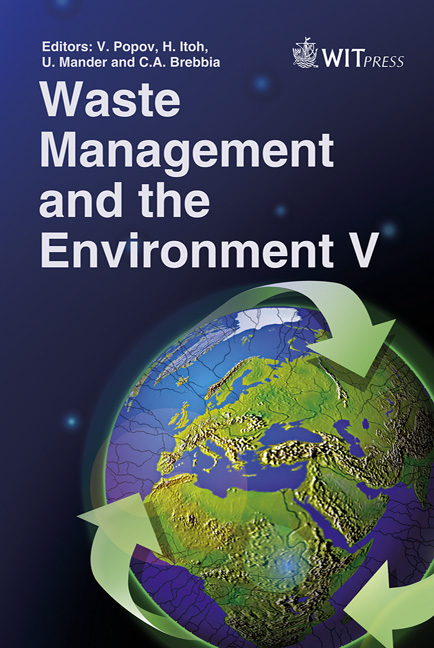A Reliability Engineering Study For A Near Surface Radioactive Waste Repository Using Genetic Algorithm
Price
Free (open access)
Transaction
Volume
140
Pages
12
Page Range
235 - 246
Published
2010
Size
349 kb
Paper DOI
10.2495/WM100221
Copyright
WIT Press
Author(s)
L. A. Aguiar & V. C. Damaso
Abstract
Infiltration of water into a waste disposal facility and into the waste region is the main factor inducing the release of radionuclides from a disposal facility. Since infiltrating water flow is dependent on the natural percolation at the site and the performance of engineered barriers, its prediction requires modelling of unsaturated water flow through intact or partially/completely failed components of engineered barriers. These include the cover systems, concrete vault, backfill, waste forms, and overpacks. This paper aims to carry out a performance study regarding a near surface repository in terms of reliability engineering. It is assumed that surface water infiltrates through the barriers reaching the matrix where radionuclides are contained, thus releasing them into the environment. The repository consists of a set of barriers which are considered saturated porous medium, except geosphere. A genetic algorithm is employed to establish an optimized configuration to the structure of the repository, by determining the thicknesses of barriers and waste packages arrangement, taking into account the engineering and radiological constraints. Such restrictions aim to keep the risks associated with the migration of radionuclides at a low level. Keywords: radioactive waste repository, reliability engineering, optimization. 1 Introduction Radioactive waste is an inherent result of nuclear energy generation and the use of radioactive material in industry, science, and medicine. Low and intermediate
Keywords
radioactive waste repository, reliability engineering, optimization





